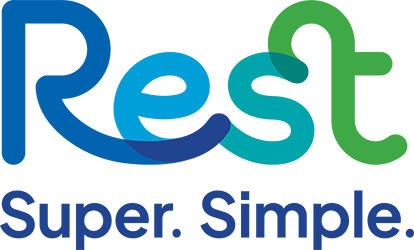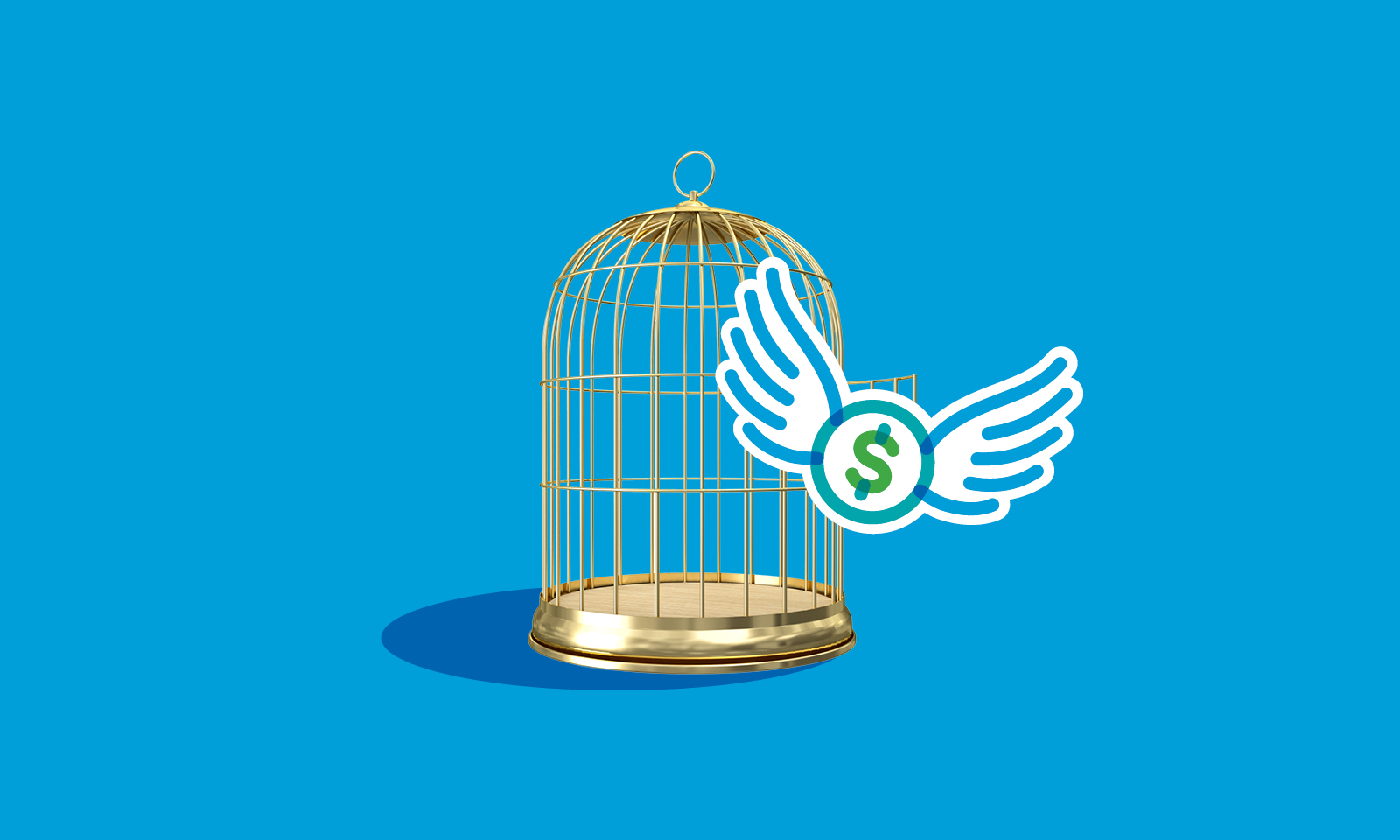Step 1: Identify your goals
Be clear about what you want to achieve financially. Perhaps you’re dreaming of buying a home or you could be eager to smash your credit card debt.
If possible, try to be specific about how much money you need to get there. Working towards a clear goal can help keep you motivated and accountable. Having a goal can also help make day-to-day budgeting easier.
Step 2: Create a plan
Now that you’ve set your goals, it’s time to start drawing up a roadmap to plan how you’ll get there!
Map out a detailed timeline of how much you hope to save and by when. This will provide a good indication of how much you need to be putting away and how often.
Step 3: Establish a budget
A plan for your personal finances is great but having a budget in place would really be the cherry on top of the cake. Keeping a budget will help you keep track what you're spending and calculate how much you can save.
You can do this by recording your income, adding up your expenses and setting a spending limit. Naturally, your income and expenses will change over time so it’s a good idea to revisit your budget regularly.
Step 4: Control your debt
Financial freedom may seem out of reach if you have debts to pay off, but managing your debt isn’t impossible.
To get your debt under control, you can start by calculating the total amount of money you owe. Take note of the interest rate(s) you’re being charged, repayment due dates and what the minimum repayments are, if any. This will give you a clearer picture of how much income (and potential savings) you'll have left after you've covered your debt repayments.
Step 5: Start saving
One of the biggest savings mistakes is never getting started. Not sure how to get started? A popular budgeting method is the 50/30/20 rule, which would generally split your monthly income like this:
- 50% goes to needs, including housing and utility bills, food, fuel and debt repayments.
- 30% goes to wants, such as entertainment and dining out.
- 20% is saved and can go towards your savings goal or emergency fund.
Don’t be discouraged if you only have a small amount to begin with because it will grow over time. Getting into the habit of saving will also help it to become second nature.
Step 6: Get your super sorted
It’s important that your everyday personal finances are in good shape, but your future retirement savings are just as important. You can start by checking whether you have multiple super funds. Pulling all your super into one place can help make it easier to manage. Plus, you’ll likely save on paying multiple fees .
Depending on which fund you consolidate with, it might result in loss of benefits such as insurance cover, reduced investment performance and higher fees. So before combining your super, make sure you compare all your options and choose the fund that’s right for you. Check out the fees and costs of your other fund(s) plus any benefits that would be lost, such as insurance cover. Make sure your other fund knows about any contributions you intend to claim a tax deduction for, before combining. If you have any questions, speak to a licensed financial adviser or visit the ASIC MoneySmart website for more information.
Get some advice
If you’re worried about your financial situation or just need some direction to set you on the right track, our team at Rest Advice can help.
Book a call with a Rest Adviser, or use online advice tools.

